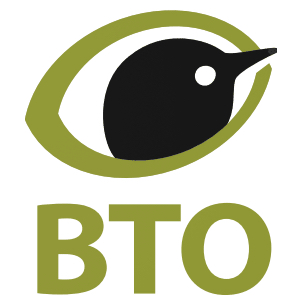Some of our most eye-catching garden birds are members of the finch family.. Whether it is the pastel shades of the chaffinch or the more striking tones of the goldfinch, this family invariably brings colour and lively activity into our gardens.
Excitingly, over recent years many householders have started to record a ‘new’ finch, the lesser redpoll
Let's meet the lesser redpoll.
What is the lesser redpoll?
The lesser redpoll is a tiny brown and red finch. UK breeding populations of lesser redpoll dropped sharply from the mid-1970s to the mid-1990s, and they are currently a 'red listed' species of high conservation concern.
How big are lesser redpoll?
In length lesser redpolls are about 11.5cm ( a little bigger than a blue tit) while their wingspan is 20-22.5cm. They weigh around 9-12g
What do lesser redpolls eat?
Lesser redpolls are mainly seedeaters, and so it’s unsurprising that their use of garden feeders peaks during late winter and early spring, when natural seed stocks are depleted.
They, like many other finches, are now benefiting from the many and varied types of seeds that have been developed by bird food manufacturers over recent decades.
In particular, lesser redpolls, which have really dinky beaks – much smaller than those of other common garden finches – have a particular liking for nyger seed.
Nyger is fine enough for lesser redpolls to handle and provides these delicate birds with an easy, energy-rich snack.
How to identify a lesser redpoll
Lesser redpolls are rather inconspicuous in appearance and so, at a glance, you might not notice them turn up in your garden.
They often travel with goldfinches and siskins during the spring, which further dilutes their initial impact.
However, if you look closer, you might discover this attractive garden visitor.
What do lesser redpolls look like?
Lesser redpolls are about the size of blue tits and have warm, brown coloured plumage on their backs that is streaked with black.
Their wing bars are a buff colour, belly is white and they have a black 'goatee beard'.
Their most striking feature, however, is the red on their foreheads (from which the common name ‘red-poll’ is derived).
As spring approaches, males also gain a wonderful peachy-red colour on the throat and neck.
However, it is not all plain-sailing when identifying redpolls.
There are two other types of redpolls – common redpolls and Arctic redpolls – that sometimes turn up in gardens, and these can confuse even the most experienced birdwatcher.
To help you get your eye in, the BTO has produced a free factsheet about lesser redpolls, allowing you to discover more about their migratory habits and breeding ecology
Are lesser redpolls social birds?
Like many other finches, lesser redpolls really enjoy each other’s company.
Indeed, even during the breeding season when many birds are busy chasing others of their kind away, they are not terribly territorial.
When travelling with other finches, lesser redpolls contribute to a simmering, haze of noise that is a treat for birdwatchers at this time of year.
What do lesser redpolls sound like?
Amidst the chorus, listen out for the lesser redpoll’s low-pitched rolling djhu-djhu-djhu calls.
So, keep watching and listening.
The British Trust of Ornithology (BTO) works in partnership with over 40,000 volunteer birdwatchers to chart the fortunes of UK birds.
